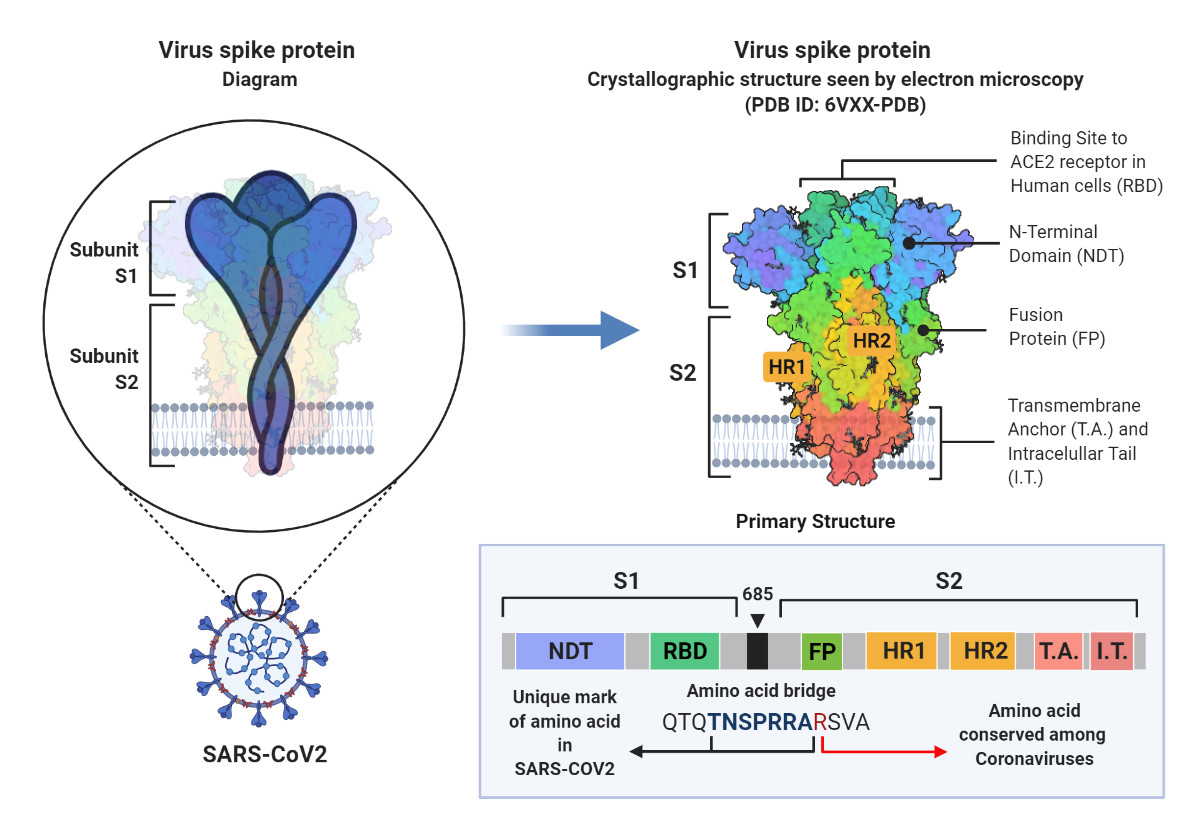Novavax Vaccine Candidate Advancing through Clinical Studies
Based on the COVID-19 dashboard by the Center for Systems Science and Engineering (CSSE) at Johns Hopkins University, there are over 124 million cases of COVD-19 globally, and over 2.7 million people have died from the disease. While significant progress has been made in developing and testing vaccine candidates, the current global need surpasses vaccine availability. The spread of SARS-CoV-2 variants, which may be more infectious and virulent, adds to the urgency to reach herd immunity through vaccination. Therefore, albeit the various vaccine candidates already authorized for use, there is a dire need for a greater supply of safe and effective vaccines.
Novovax’s vaccine candidate, NVX-CoV2373, a SARS-CoV-2 recombinant Spike protein nanoparticle vaccine, has been undergoing clinical evaluation through multiple studies globally. The initial findings of the Phase 1/2 (NCT04368988) clinical trials for safety and efficacy, which enrolled a total of 131 individuals in Australia, were published by Keech et al. supporting NVX-CoV2373 as a safe and immunogenic vaccine candidate. In agreement with preclinical studies in mice and nonhuman primates, Phase 1/2 studies showed that the NVX-CoV2373 vaccine candidate successfully induced neutralizing anti-SARS-CoV-2 antibodies, and a CD4+ T cell (Th1 phenotype) response.
Novavax has sponsored Phase 3 clinical studies in the USA, UK, and Mexico. Currently, Novavax seeks approval for the use of NVX-CoV2373 in the UK following Phase 3 findings showing efficacy as high as 96.7% against the original SARS-CoV-2 strain.

Reprinted from “An In-depth Look into the Structure of the SARS-CoV2 Spike Glycoprotein”, by BioRender.com (2021). Retrieved from https://app.biorender.com/biorender-templates
To develop the Spike protein nanoparticle vaccine NVX-CoV2373, investigators modified the Spike sequence at two key sites; (1) a sequence at the S1/S2 cleavage site was modified from RRAR to QQAQ, and (2) residues K986 and V987 at the carboxyl end of the heptad repeat 1 (HR1) were substituted by proline residues. The resulting Spike trimer is stable in its prefusion conformation, which increases both recombinant Spike expression and immunogenicity (Juraszek et al. 2021).
How was the NVX-CoV2373 Vaccine Candidate Developed?
To develop the new vaccine candidate NVX-CoV2373, the Spike sequence was modified by specific mutations in the S1/S2 Furin cleavage site to prevent protease processing and at the C-terminus of the heptad repeat 1 (HR1) to stabilize Spike in the prefusion conformation (Guebre-Xabier et al. 2020, Keech et al. 2020, Tian et al. 2021). The modified synthetic gene was also codon-optimized for expression in insect cells, specifically the baculovirus Spodoptera frugiperda (Sf9 cells) expression system. The resulting immunogen, produced in Sf9 cells, forms a trimeric Spike stabilized in its prefusion conformation that binds the human ACE2 receptor with improved affinity, ~2 fold greater affinity than its wildtype counterpart.
In preclinical studies, NVX-CoV2373 administered with Matrix-M adjuvant was shown to be protective in nonhuman primate models. Immunized baboons and cynomolgus macaques developed anti-Spike neutralizing antibodies and CD4+ T cell responses. Additionally, immunized cynomolgus macaques were protected from infection following intranasal and intratracheal challenges with SARS-CoV-2. Significantly, NVX-CoV2373 prevented pulmonary infection and disease in this model (Guebre-Xabier et al. 2020, Tian et al. 2021).
Overall, the NVX-CoV2373 vaccine candidate has swiftly moved through all clinical trial stages with solid positive outcomes. Safe and effective vaccine candidates that expand our options against SARS-CoV-2 are well welcomed under the current conditions. Novavax’s new vaccine candidate is expected to become available during the second half of 2021.
- Like (3)
- Reply
-
Share
About Us · User Accounts and Benefits · Privacy Policy · Management Center · FAQs
© 2025 MolecularCloud



